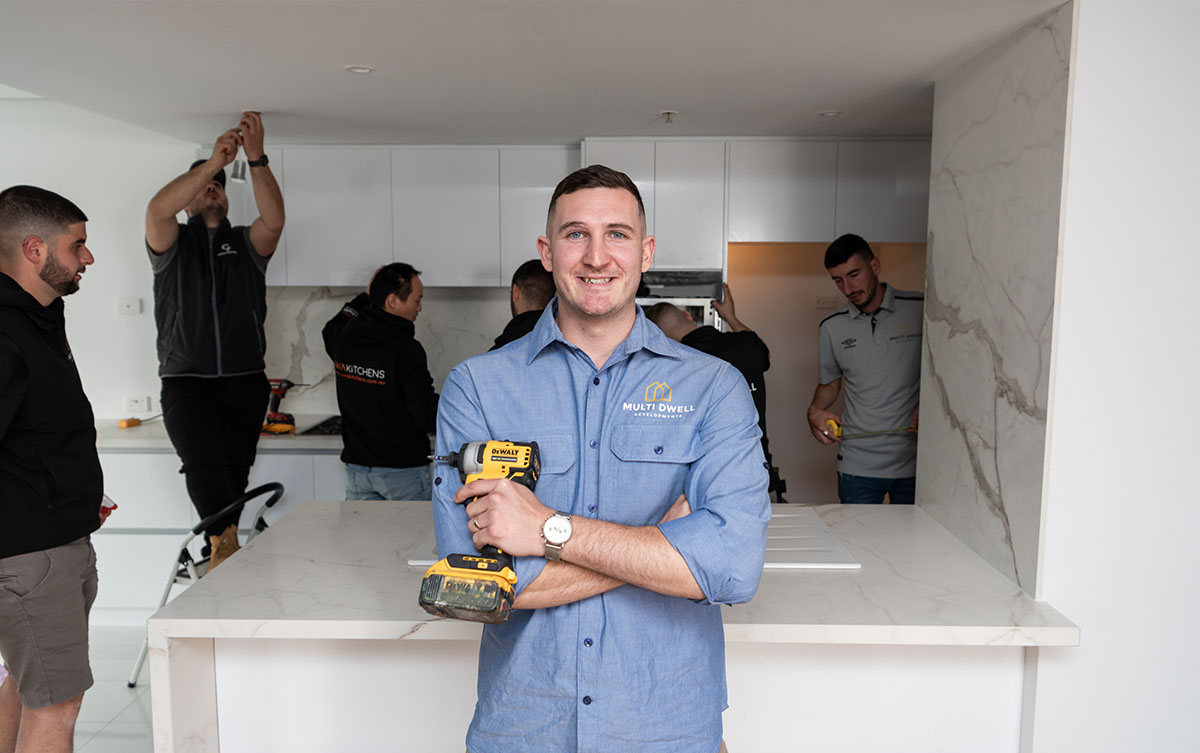
13th December, 2021
Business activity is weaker than expected as we limp into the Christmas period after a long and testing year, CreditorWatch research reveals.
Despite the recent end to lockdowns in Melbourne and Sydney and Christmas shopping in full swing, small business trade activity isn’t as strong as hoped, the November 2021 CreditorWatch Business Risk Index reveals.
The economy is bouncing back from the contraction of the September 2021 quarter, but the consumer-led recovery where households start spending the $400 billion in savings they have accumulated during the pandemic is unlikely. The recovery will be patchy and will take time, the data found.
While we’ve witnessed increased consumer spending post-lockdown, the CreditorWatch index indicates this isn’t translating into an immediate recovery across the board.
In fact, the index shows small business trade receivables were down 42.2 percent in November compared to the same time last year.
The CreditorWatch data predicts the likelihood of businesses defaulting over the next 12 months across more than 300 regions around the country. The index utilises CreditorWatch’s proprietary data, combined with data from the Australian Securities and Investments (ASIC).
The data also showed a jump in defaults, external administrations, payment arrears and court actions from October to November. But, credit enquiries rose 17 percent, indicating that business confidence may be improving.
Melbourne and Sydney CBDs remain the worst performing capital city centres, with probability of default at historic high levels due to depressed trade activity continuing post-lockdown.
The number of defaults spiked higher by 53 percent in November. Over the three months to November 2021, defaults were still down by 14.7 percent.
CreditorWatch’s data showed that while business activity remains stubbornly depressed, the states that closed their borders but allowed their economic engines to continue to operate relatively lockdown-free are now seeing the strongest bounce-backs in metro areas. This includes Western Australia, Tasmania and Queensland.
“The increase in credit enquiries in November is an encouraging forward indicator of business confidence, however, there’s a long way to go before business activity is at pre-COVID levels,” said CreditorWatch chief executive Patrick Coghlan.
It’s a two-speed economy, however, insolvencies are at record lows despite the fact that businesses have been struggling.
Meanwhile, the number of credit enquiries jumped by seven percent in November compared to the year before. This is the largest increase since March.
CreditorWatch says a continued improvement in credit enquiries would provide a key leading indication of better conditions and consequently overall economic activity.
Businesses may struggle due to the economic period they’ve been faced with due to COVID-19. Some industries effectively switch off over December and January, while others (such as the tourism and hospitality sectors) will spend this period making their rent for the year.
But there are signs of resilience out there, with business confidence in reasonably good shape. For example, NSW and Victoria being open for business and the resumption of international flights a promising sign of things to come.
MYOB chief executive Greg Ellis said that businesses mustn’t buy into the idea that revenues will return to normal with eased restrictions alone. Instead, business operators need to evolve and maintain a medium to long-term view.
He encourages business owners to look beyond the impact of pandemic restrictions and instead contemplate the impact that interest rate rises and inflation may have on their business.
Businesses need to embrace digitisation or risk becoming obsolete, Ellis said: “the only way to get through what’s coming is to adapt and digitise.”
Some sectors are bouncing back quicker than others. Business turnover rose in several industries in October this year, Australian Bureau of Statistics figures reveal.
Accommodation and food services recorded the largest increase (13.8 percent), followed by arts and recreation services (4.8 percent).
The monthly rise in accommodation and food services was driven by some large increases for pubs, clubs and restaurants, as turnover has started to rebound.
Sign up for added insights and business-critical news from MYOB. Stay in the know
He may be new to the world of small business ownership, but Melbourne’s Jason Samargis is positive about the year ahead.
A carpenter by trade, new bookings are rolling in for 2022 for his construction business, Multi Dwell Developments.

The MYOB customer has countless builds behind him after diving into small business ownership, building up his company with increasingly larger jobs for homeowners across the suburbs of Melbourne.
“I started off installing bathrooms, and have built up the company from there,” said Samargis.
“It’s going to be a big year ahead. Now I’ve got my sub-contractors in place, we’re going to take on some bigger projects, and I’m optimistic about what lies ahead,” he said.